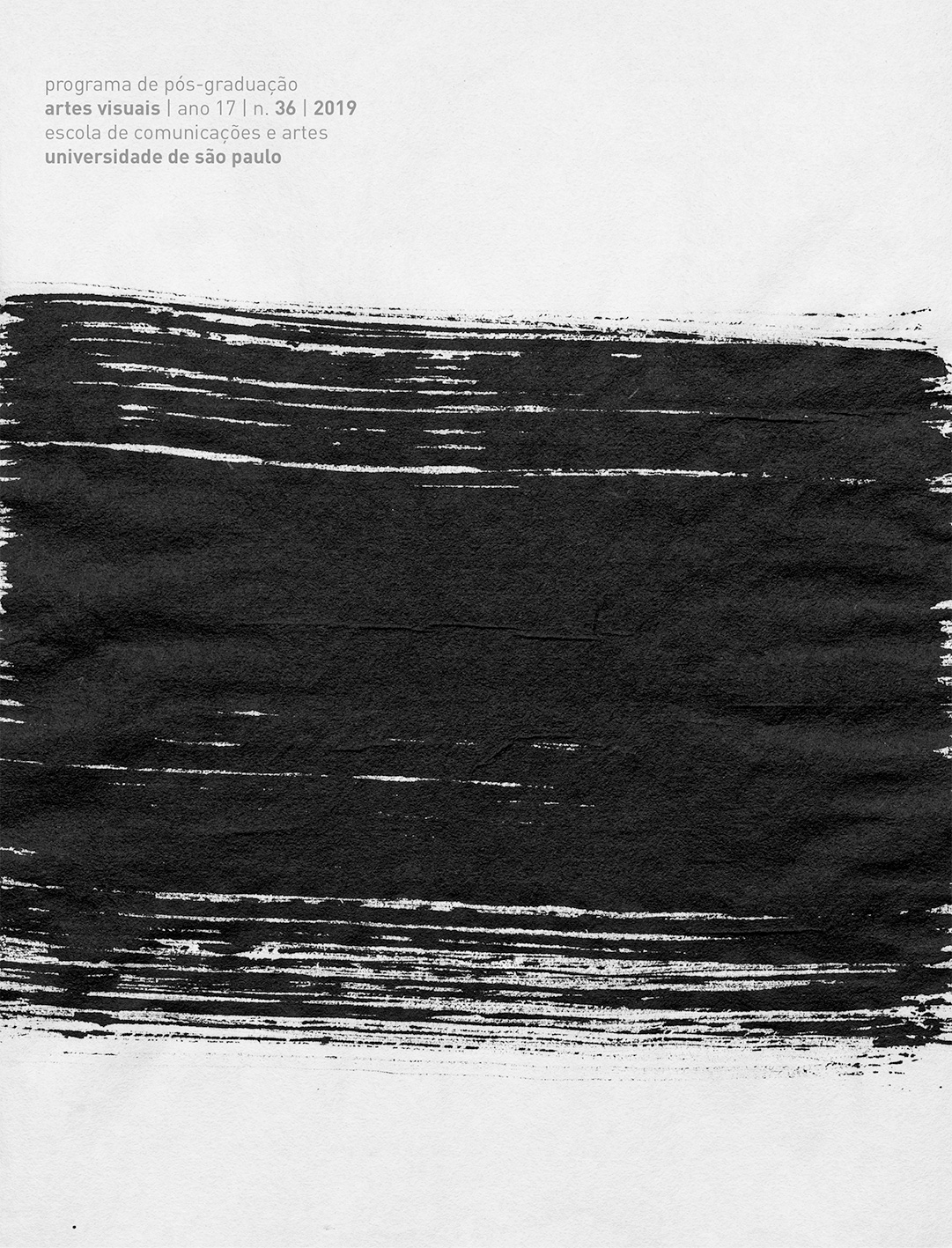Art, power and tradition
Tiradentes Palace and the construction of a political and republican Brazilian imaginary
DOI:
https://doi.org/10.11606/issn.2178-0447.ars.2019.158797Keywords:
Palace, Art, VisualityAbstract
Inaugurated as the headquarter of the National Congress in 1926, Tiradentes Palace became a national political symbol in the city of Rio de Janeiro and has been consolidated as one of the most representative buildings of Eclecticism in the early 1920s. The purpose of this article is to analyze the construction of a historical representation through the classical tradition present in the decoration of the Palace. Specifically, we seek to understand the role of art as a means of inserting the Palace in a certain political narrative and the role of visuality in the diffusion of social imaginaries.
Downloads
Downloads
Published
Issue
Section
License
The responsibility for obtaining written permission to use in the articles materials protected by copyright law lies entirely with the author(s). Ars is not responsible for copyright breaches made by its collaborators.
The authors have the copyrights and grant the journal the right of the first publication, with the article licensed under the Creative Commons BY-CC License.
Licensees have the right to copy, distribute, display, and carry out the work and make derivative works from it, including with commercial purposes, granted that they give the due credit to the author or licensor, as specified by them.
Licensees compromise to inform the appropriate credit, provide a link to the license, and indicate if changes were made.
Respected the terms of the license, the licensors/authors are not allowed to revoke the conditions above mentioned.
After the publication of the articles, the authors keep the copyrights and the rights to republish the text exclusively in unpublished books and collections.


